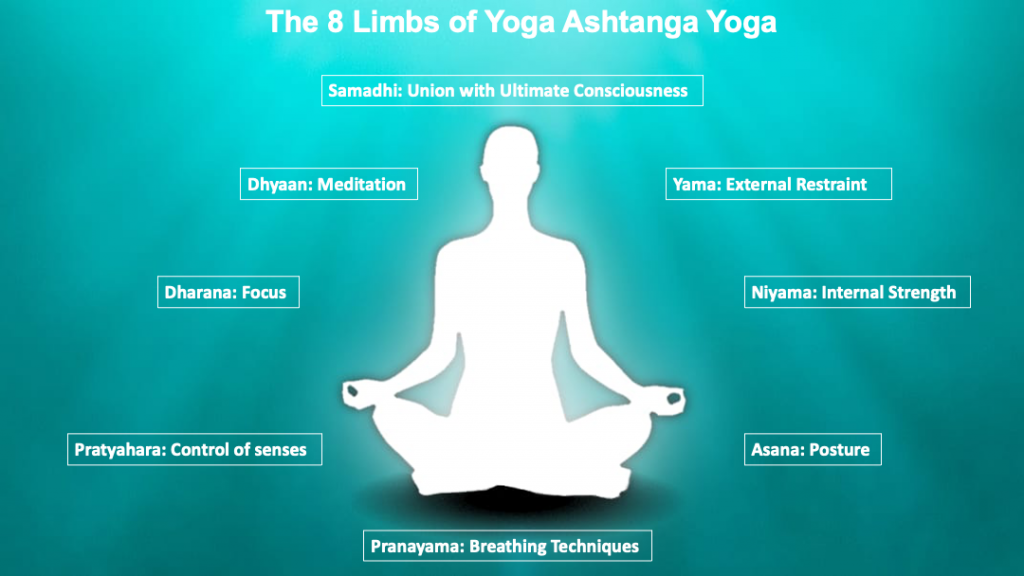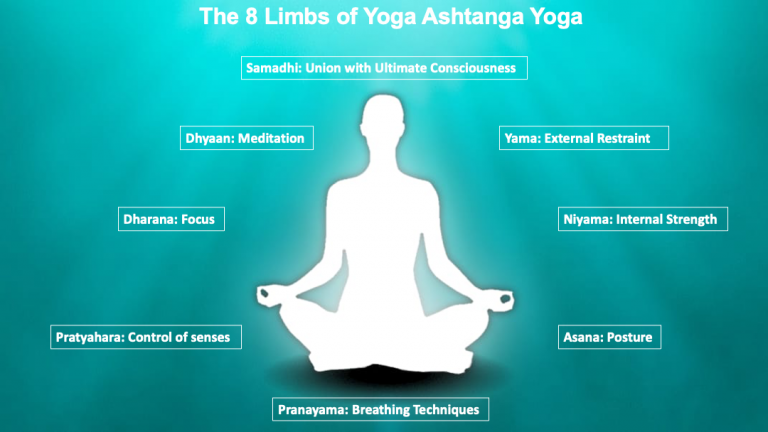Translated from ‘Hamari Yog Sadhana’ (Our Yogic Practice) written by Guru Maharaj, Dr. Chaturbhuj Sahay Ji.

Yama refers to getting rid of, or restraining oneself from negative behaviors and thoughts, whereas Niyama refers to acquiring or observing good, desirable traits and thoughts. To successfully follow Yama and Niyama, one must practice and try to change one’s nature appropriately. Talking about changing one’s behavior is easier but practicing it is extremely difficult. Even after pledging to do so and keeping a tight leash on oneself, our nature repeatedly escapes our resolve, leading us to act and think in ways that we had set out to relinquish. During this tussle with one’s nature, one should remember that their nature is of their own making. We are the masters of our nature and not vice versa. If we want, we should be able to change it and teach our senses and mind to walk a different path. Developing such a mindset makes the task of appropriately molding our nature easier, thus increasing our chances of sticking to Yamas and Niyamas.
Food plays an essential role in appropriately shaping our nature, as our physical body and the life force that makes it work are sustained by the food we consume. Keeping uplifting and honest thoughts at mealtimes and eating food prepared with similar thoughts goes a long way in conditioning our minds, making it easier for us to make the desired changes in our nature. Limiting the number of food items in meals and the number of spices used while cooking is beneficial for anyone seeking spiritual progress. It is also best to be silent while eating. One should keep one’s thoughts focused on one’s God or Guru at mealtimes. When we do that, the mind remains engrossed in remembering one’s Guru and does not get actively caught up in the food and its taste. Food consumed in this manner is also healthy because the mind is not focused on taste, and therefore one eats only as much as the body needs. Overeating is not helpful for a yoga practitioner.
Speaking only when necessary and reading for an appropriate time is also beneficial for practitioners. It makes one thoughtful and deliberate. It makes our minds more powerful, capable of synthesizing more, and helps in our quest for spiritual upliftment and success. People who are unusually talkative or read excessively remain restless and unsettled and cannot adequately follow the principles of Yoga.
Yama and Niyama are tools for building character. People with character defects, whose behavior is not that of the highest order, are unlikely to succeed on the yoga path.

Maharishi Patanjali has described 5 Yamas in the ‘Yoga Sutra’. These are ahimsa, satya, asteya, brahmcharya and aparigraha. Love and compassion for everyone, and refraining from jealousy and maliciousness, constitute the first Yama – Ahimsa. The second Yama pertains to Satya – the truth, both in thoughts and action. It requires that our behavior does not include lies, betrayal, guile, and deceit. The third Yama, Asteya , pertains to not acquiring nor desiring somebody else’s possession or property. The fourth Yama brahmacharya refers to protecting one’s vigor and energy. The fifth Yama aparigraha relates to not coveting material possessions and not seeking too much help from others, even in challenging life situations.

The five Niyamas described in the yoga sutra are shauch (cleanliness and purity), santosh (contentment), tapa (discipline and austerity), swadhyaya (study of self and texts) and Ishwar pranidhan (surrender to or contemplation of a higher power). Shauch refers to the cleanliness of both the body and mind. Refraining from greed and desire is contentment. When the fire of desire is lit in a person, it becomes impossible for them to remain peaceful. Their day, night, and even dreams become consumed by this fire. Tapa refers to developing the ability to endure hardships and strengthen the mind so that we can control it and ensure it doesn’t lead us down the wrong path. Swadhyaya refers to reading texts and scriptures describing lives and experiences of saints and spiritually uplifted learned people, as well as books that affirm one’s faith in the Almighty. Keeping good company and avoiding spending time with people given to indulgences is also included in swadhyaya. Ishwar pranidhan requires us always to remain dependent on God and to always keep God in our thoughts.

After Yama and Niyama, the third limb of Yoga described by Maharishi Patanjali is Asana, or posture. Eighty-four asanas are described in the practice of Hath Yoga. These are very useful in keeping the body healthy and free of ailments. In the larger context of Yoga or union with the ultimate consciousness, the purpose of Asana is only to keep the body fit so that one is physically able to do what it takes to progress. People with a weak body, debilitated by various ailments and illnesses, find it very difficult to control and master their minds and, therefore, are unlikely to succeed in their battle with the mind.
According to Maharishi Patanjali, in the yoga practice, one’s posture must be stable and still because, with constant or repeated motion, one finds it difficult to concentrate on one’s goal. One should also be mindful of not forcefully assuming a posture that results in pain in one’s leg or another part of the body. As soon as one experiences pain, the mind gets diverted to the perception of pain, away from what one wants it to focus on. That is why Maharishi Patanjali has said “sthiram sukham asanam”, a posture that is stable and comfortable.
In whatever comfortable and stable posture we sit during practice, the one crucial thing is that the spine should remain straight. The lower back, the back portion of our chest, our neck, and the head should form a straight line. Neither should the body be too tight nor too loose. Some people sit in such a loose posture that their body bends forwards. Some make their body so tight that their body projects behind the plane of their spine. Both of these postures are incorrect.
When one sits for meditational practice or for pranayama, energy originating in the brain flows downwards through the spine and infuses the entire body through the nerves arising from the spinal cord. This energy directs our senses and the mind inwards, bestowing great benefit to the practitioner, significantly helping in spiritual upliftment. People who bend forward or tilt backward impede the flow of this energy, resulting in slower progress in the yoga practice. Posture also affects one’s general health, and, therefore, sitting with the correct body alignment is essential.


